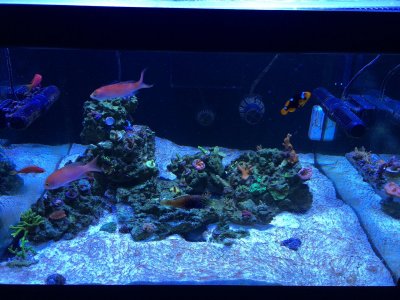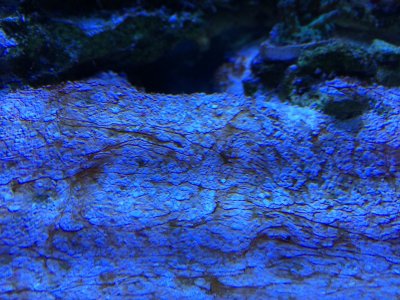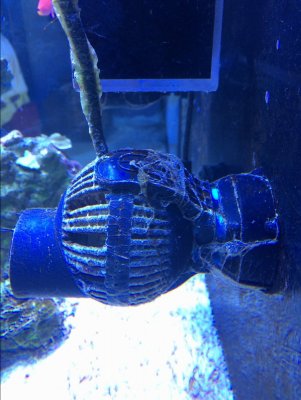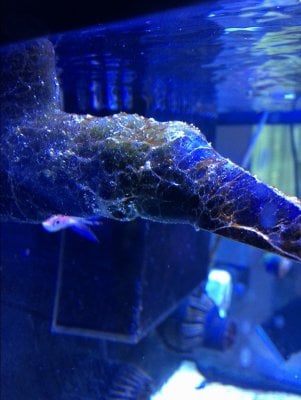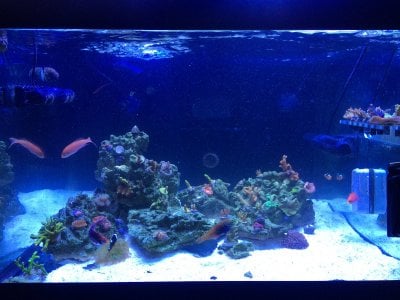- Joined
- Jun 29, 2016
- Messages
- 67
- Reaction score
- 27
@mcarroll sorry I'm lost, your telling us to dose NO-3 when the article you linked clearly states that dino's use NO-3. It is NH+4 which is toxic to Dino's in elevated concentrations.
This is the true Putting the N in Dinoflaglellates article, which states they use NO3 and should be starved, although they then alter themselves to stay alive anyway.
https://www.ncbi.nlm.nih.gov/pmc/articles/PMC3849724/
Sorry I'm confused and just want to understand your reasoning.
This is the true Putting the N in Dinoflaglellates article, which states they use NO3 and should be starved, although they then alter themselves to stay alive anyway.
https://www.ncbi.nlm.nih.gov/pmc/articles/PMC3849724/
Sorry I'm confused and just want to understand your reasoning.



